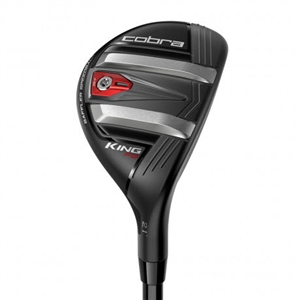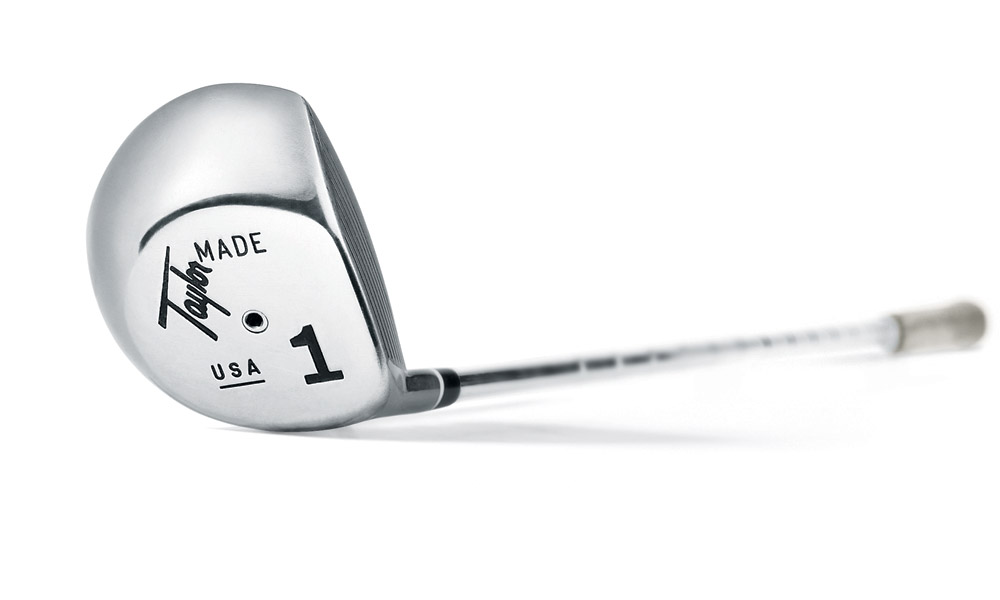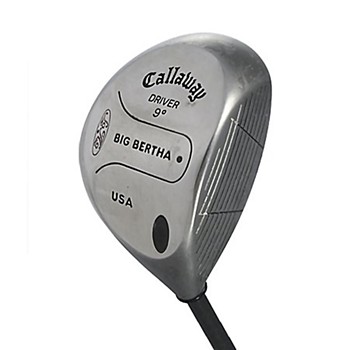6 Golf Clubs That Influenced The Industry
With each new product release, every golf company seems to tote about the revolutionary technology their product features. Manufacturers are always promising these new advancements will revolutionize the industry. If every clubbed delivered on their promises, we would all be shooting a lot less out on the golf course. How many of these “advancements” actually lived up to the hype? Today we will take a look back on the clubs that truly did shape the industry.
1975 Cobra Baffler

Founded in 1973, Cobra created the first “hybrid” golf club called the Cobra Baffler in 1975. This unique design was utilized to replace low degree irons. The longer sole and unique channel design allowed this club to be much easier to hit than its counterparts. Unlike many other clubs on this list, this club was not a sales record behemoth. It would not be until the early 2000’s that hybrids truly would become mainstream. Nonetheless, we all have this wooden club from 1975 to thank for creating an entirely new class of golf clubs.
1933 Wilson Willie Ogg Ogg-Mented Irons
These ancient Wilson irons are probably not an item you expected to make this list. Most of you have probably never even heard of them. However, these irons featured a weight distribution that moved the weight of away from the heel. This marked one of the first times a manufacturer had modified the distribution of weight to achieve better performance. This simple modification was the original precursor to cavity-back irons. Impressively these clubs were designed without any computer assistance. All the design was done manually and from trial and error. For everyone who hates hitting blades, you need to thank these Irons for 1933 for kick-starting the race to make to forgiving irons.
1966 Ping Anser

I probably don’t even need to explain this one. We have all seen the Ping Anser. I bet its iconic silhouette is the very first thing that comes to mind when someone says “Putter”. It is the standard to which all other putters are judged. Designed in 1966 by Karsten Solheim on the back of a vinyl record cover, this putter has gone on to over 500 Tour wins. Its iconic design has remained virtually unchanged in its over 50-year lifespan. How many other clubs can say that? It’s impressive to get it so right on the first try. Ping shows no signs of slowing down anytime soon either. I’m willing to bet the Ping Anser design is going outlast any of us. It is definitely one that’ll go down as one of the greats.
1979 Adams’ TaylorMade “Pittsburgh Persimmon”

While not officially the first metal driver, Gerry Adams’ “Pittsburgh Persimmon” was the driver to finally break into the mainstream. Named after the city of steel, the Pittsburgh Persimmon was a fully metal normal sized driver. It became the first metal driver to win a Tour event. Coupled with its Tour success, the Pittsburgh Persimmon sold exceptionally well. So well, that nearly every manufacturer quickly followed suit. By the end of the 1980s, the industry had fully adopted the metal driver. While a massive achievement in its own, this club would allow Callaway to make the next major breakthrough.
1991 Callaway Big Bertha

By 1991, metal drivers had become the norm. However, Callaway was about to change the industry forever. The Callaway Big Bertha driver released at a size of 190cc in volume. While much smaller than modern drivers, this was a Goliath compared to drivers of the time. It is classified as the first oversized golf driver. The increased size of the golf head led to an increase in distance. Much like the metal driver advancement that resulted from the Pittsburgh Persimmon, the Callaway Big Bertha driver set off a driver volume race. Every manufacturer quickly followed suit and by the end of the 1990s, no one was making “normal” driver sizes anymore. Everyone was producing oversized drivers. The USGA ended up stepping in and having to regulate the maximum size a driver can be, in order to finally halt the trend. Today, all nearly all drivers are the exact maximum volume allowed by USGA rules.
1995 Callaway Great Big Bertha

Impressively, the next major advancement in golf would come from Callaway once again. This time, Callaway produced the Great Big Bertha out of titanium. Titanium is a much lighter and overall stronger than non-tempered steel. For golf, this was the perfect combination. Unfortunately, titanium is much more expensive than most grades of steel. Therefore, you can partly thank Callaway for the ever increasing price of golf drivers these days. Every manufacturer is trying to find the next big material breakthrough that Callaway discovered with this club. Today a large number of manufacturers have adopted titanium as the primary metal for their drivers.

